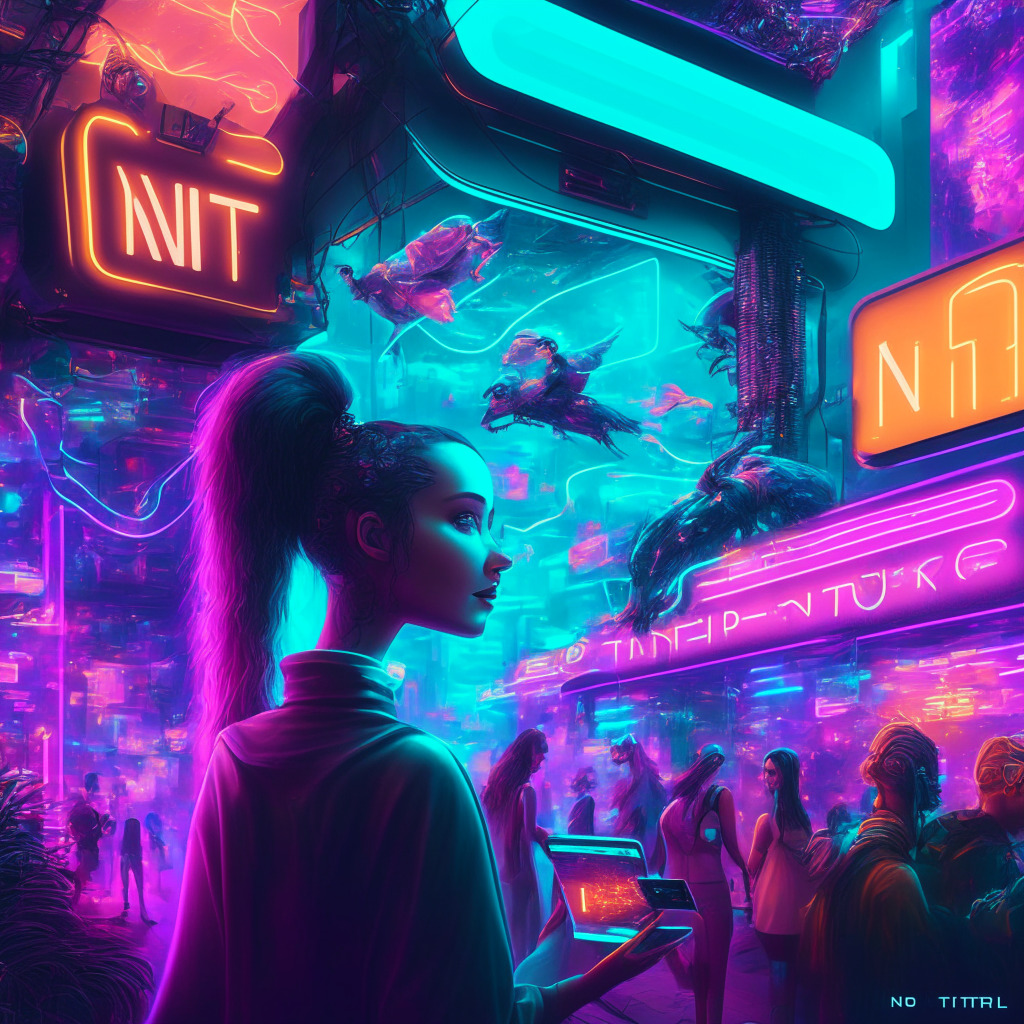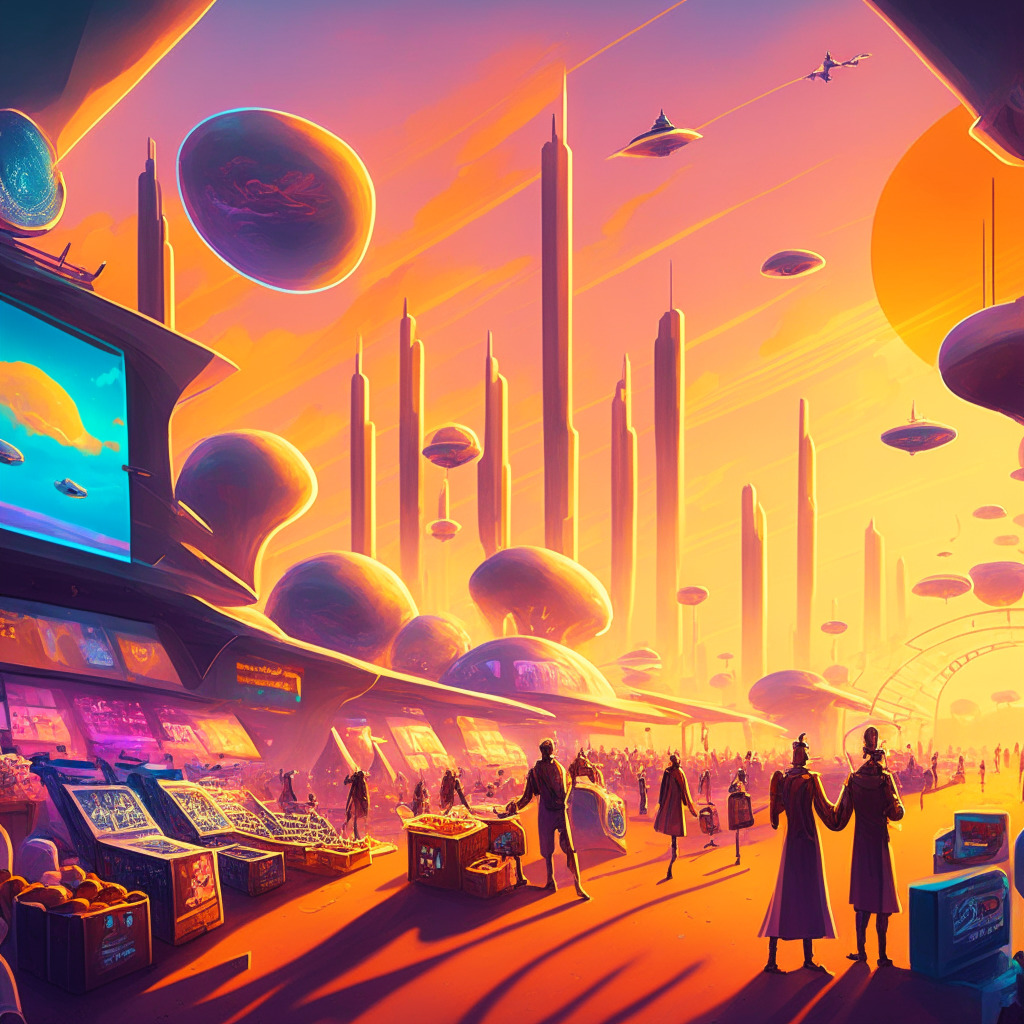The ever-expanding world of Web3 technology has ventured into new territories with the recent introduction of GNT V3, an artificial intelligence (AI) powered non-fungible token (NFT) generator developed by Find Satoshi Lab (FSL), the mastermind company behind the popular Web3 game, STEPN. With FSL’s collaboration with their recently-launched NFT marketplace MOOAR, GNT V3 is designed to spark creativity within the crossroads of AI and Web3, and can be seen as both a boon and a bane for the rapidly evolving digital space.
At its core, GNT V3 allows users to generate AI-produced images, minted on the Solana blockchain, based on their unique selfies – a concept poised to revolutionize digital identity in the blockchain realm. Yawn Rong, co-founder of FSL, believes that by harnessing the ability for individuality to merge with blockchain technology, GNT V3 can carve out a whole new dimension of personal expression. As a result, users are empowered to create their own digital masterpieces, primed for display and monetization within the bustling Web3 landscape.
The GNT series has come a long way since last month’s release of GNT V1, which enabled artists to mint individual NFTs on the MOOAR marketplace. The unveiling of GNT V2 followed shortly, boasting enhancements to the existing AI model. Fast forward to November, and FSL debuts MOOAR as a native marketplace for STEPN users to trade NFT sneakers indispensable for the game’s progression.
While the integration of AI technology into the burgeoning NFT space certainly adds a layer of novelty and pushes the boundaries of digital self-expression, it’s essential to contemplate the significant trade-offs that accompany this technological achievement. FSL co-founder Jerry Huang admits that AI technology comes with its share of pros and cons; yet, the focus of their development efforts remains firmly centered on carving out new avenues with the technology.
On one hand, the acceleration of AI advancements in the blockchain space can democratize digital creativity, empowering more individuals to join the fray and participate in the evolving Web3 ecosystem. But on the reverse side of the same coin, the potential risks of AI-powered NFTs – from the infringement of intellectual property rights to the reinforcement of biases in the AI algorithms used – must be acknowledged and addressed with equal importance.
In conclusion, the emergence of AI-powered NFT generators like GNT V3 serves to blur the lines between technology, creativity, and individuality, breathing new life into the Web3 sphere. While it is an exciting time for digital self-expression and human-AI collaboration, the inherent challenges posed by these cutting-edge innovations warrant equal attention and cautious navigation moving forward.
Source: Coindesk




